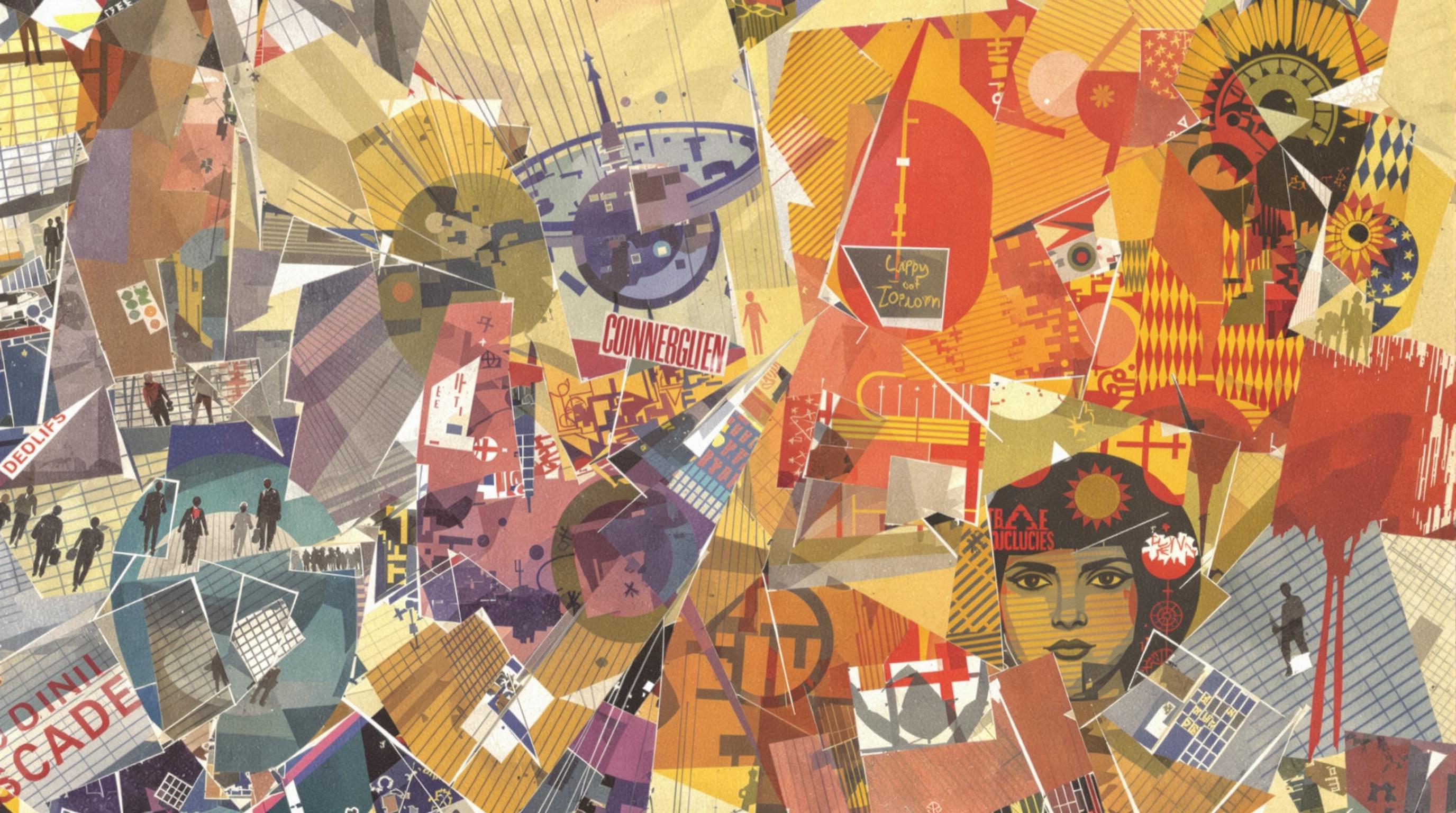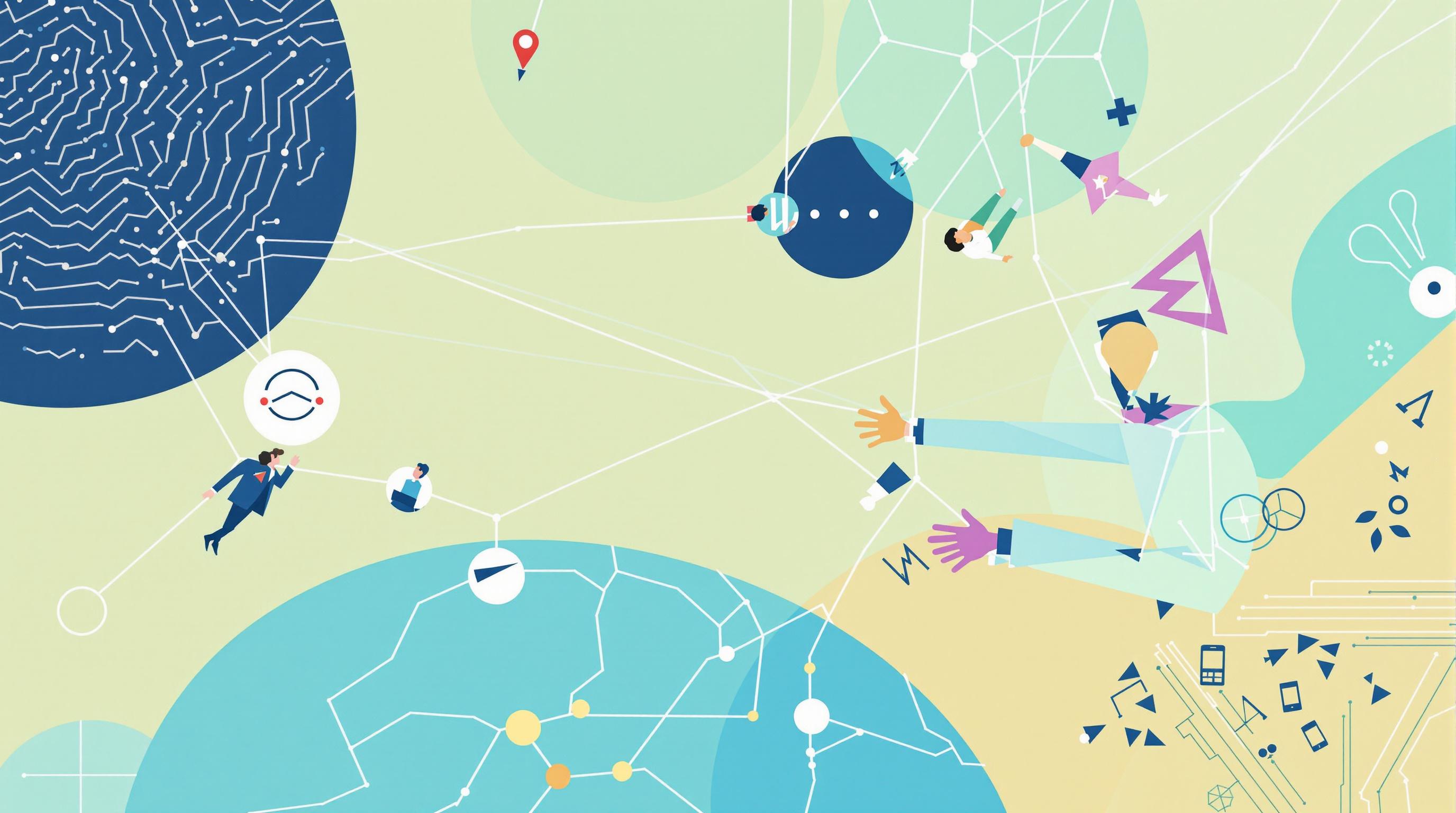Related Articles
- Uncharted Frequencies: The Surprising Role of Subcultures in Shaping Global Digital Landscapes
- Wired Whims: The Unexpected Role of Niche Online Communities in Shaping Global Digital Trends
- Fragmented Signals: Exploring the Shadows of Digital Divide in Emerging Economies and Its Impact on Global Unity
- Decoding the Invisible: How Microbial Communication Could Revolutionize Digital Interactions
- Cryptic Channels: How Encrypted Messaging Platforms Are Reshaping Trust and Transparency in Online Interactions
- Mysterious Modes: The Rise of Cryptographic Channels in Secret Online Dialogues and Their Hidden Impacts
Fractured Circuits: Unrecognized Influences Reshaping International Relations in the Digital Landscape
Fractured Circuits: Unrecognized Influences Reshaping International Relations in the Digital Landscape
In an era defined by rapid technological advancement and an increasingly interconnected world, the landscape of international relations is being transformed by digital innovations and unseen influences. The following discussion will explore the nuances of these changes, drawing from various tones and examples, highlighting how fractured circuits are reshaping diplomacy, information distribution, and international cooperation.
Introduction: The Age of Digital Diplomacy
Welcome to the brave new world of international relations, where empires no longer rely solely on military might or diplomatic overtures. Instead, they navigate a delicate web of pixels, algorithms, and the occasional cat meme.
The Power of Social Media
In 2022, about 4.7 billion individuals worldwide engaged with social media, a number expected to rise steadily (Statista). This underscores the inherent power of platforms like Twitter, Facebook, and Instagram in shaping public opinion and influencing international relations. Consider the Arab Spring—rather than being solely political upheavals, these movements were significantly fueled by social media, which acted as both a mobilizing tool and an instrument of global communication. The hashtag #Jan25, for example, spawned a worldwide conversation, putting pressure on governments and leading to significant political shifts.
Case Study: The Arab Spring
The Arab Spring serves as a poignant illustration of how digital platforms can catalyze change. Activists leveraged social media to bypass traditional media channels, effectively infringing on state control over information. In countries like Egypt, this led to mass mobilization; protesters gathered in Tahrir Square, armed not just with slogans but also smartphones, broadcasting their demands to the world.
Global Information Warfare: A New Front
Yet, it’s not just about positive mobilization; the digital landscape also hosts shadowy corners where misinformation reigns. Operations by state actors like Russia and China have demonstrated how disinformation can be wielded as a tool for undermining trust in democratic institutions and sowing discord among nations. For instance, the alleged interference in the 2016 U.S. presidential elections showcased the potential of social media manipulation and the spread of false narratives as weapons of war.
The Rise of Cyber Diplomacy
As governments recognize the impact of digital activities on national interests, a subset of diplomacy has emerged; enter cyber diplomacy. Countries are now negotiating treaties, sharing intel on cyber threats, and even conducting online peacekeeping missions, leading to the formation of alliances that would not have been possible in a pre-digital age. The creation of the Global Forum on Cyber Expertise (GFCE) in 2015 exemplifies this burgeoning field, allowing states to bolster each other’s cyber capabilities through cooperation.
A Personal Anecdote: Trolling with Intent
As a teenager in the late 2010s, I recall scrolling through my social media feeds, bemused by the endless barrage of politically charged memes while trying to figure out if I should vote or just complain online. Fast forward a few years, and I realize those memes certainly had a purpose, often reinforcing or challenging beliefs in a way akin to digital propaganda. And truth be told, some of my friends swayed their votes due to a clever meme or a viral video. Who knew that a cat wearing glasses could influence international relations?
Digital Nationalism: A Double-Edged Sword
As countries tap into the power of the digital space, nationalism has taken on new forms. Digital nationalism—an ideology where online identity is tied to national pride—enables citizens to rally behind a nationalistic banner, often exacerbating existing divides. A prime example is the rise of anti-globalization sentiment as people react against what they perceive as a loss of national identity due to global economic integration and digital interconnectedness.
Statistics that Speak Volumes
Research indicates that more than 60% of individuals feel their national identity is compromised by globalization (Pew Research Center). As citizens seek to reclaim their digital sovereignty, governments often respond with Internet censorship, surveillance, and the cultivation of nationalist sentiment online. This reflects a paradox; the same networks that create a dialogue can also deepen divisions.
The Role of Artificial Intelligence in International Relations
Issues of national security are now further complicated by the infusion of artificial intelligence (AI) into international dynamics. Countries like the U.S. and China race to harness AI capabilities for military and intelligence purposes, prompting fears of an arms race in the digital era. In this context, AI isn't just augmenting human decision-making; it's reshaping the very fabric of state-to-state relations.
The Uncertain Future of AI Governance
The urgent question persists: Who governs AI on a global scale? The current landscape resembles the pre-WWII environment when countries scrambled to secure technological advantages without the framework of extensive international legislation. As automated systems take on roles in military strategies, ethical considerations are becoming moot, sparking debates about the risks of algorithm-driven wars.
Storytelling: A New Narrative in International Relations
Let’s pivot from hard statistics to storytelling. Imagine a world where diplomats use virtual reality (VR) to simulate negotiations or crises. Picture a U.S. envoy with an Oculus headset engaged in a hypothetical negotiation with North Korea, each side presenting their position amidst a stunning digital backdrop. The emotional connection fostered by such immersive experiences might pave the way for nuanced discussions that transcend cultural barriers.
The Transformative Power of Storytelling
Storytelling in international relations, enhanced by digital tools, can redefine engagement approaches. By humanizing issues, diplomats can craft relatable narratives that resonate with global audiences, fostering connections and understanding. The notion of 'digital storytelling' has taken off; it emphasizes empathy and relatability, ensuring that international discourse moves beyond mere statistics and into shared human experiences.
Conclusion: Embracing the Fractures
In conclusion, the intertwining of digital innovation and international relations presents both challenges and opportunities. As states adapt to these new realities, they must recognize and respond to the unrecognized influences shaping their foreign policies. Understanding this digital landscape is crucial for creating a more stable and inclusive world. Moving forward, further exploration of this intersection might just be the key to resolving long-standing conflicts and reshaping international cooperation.





